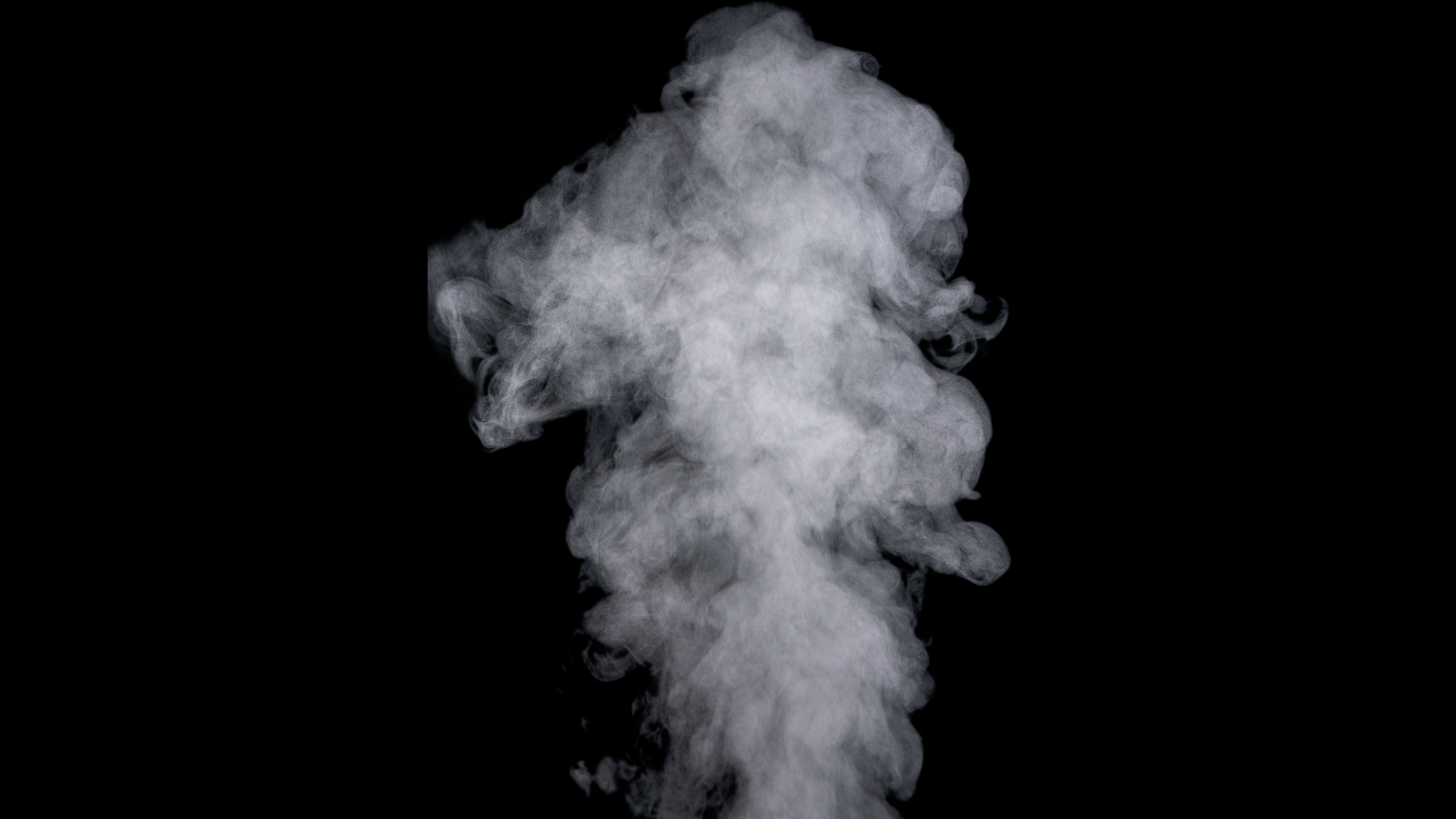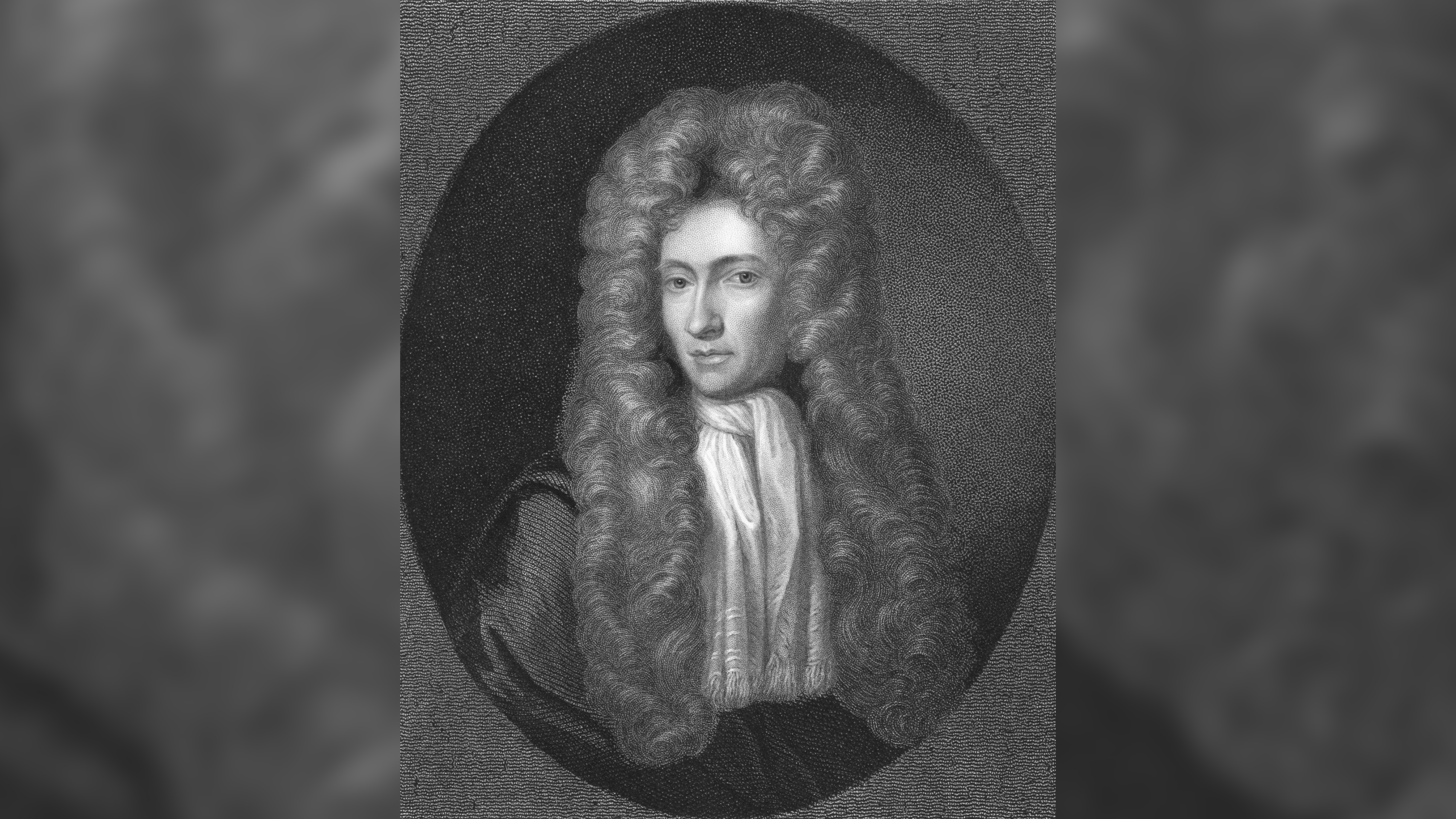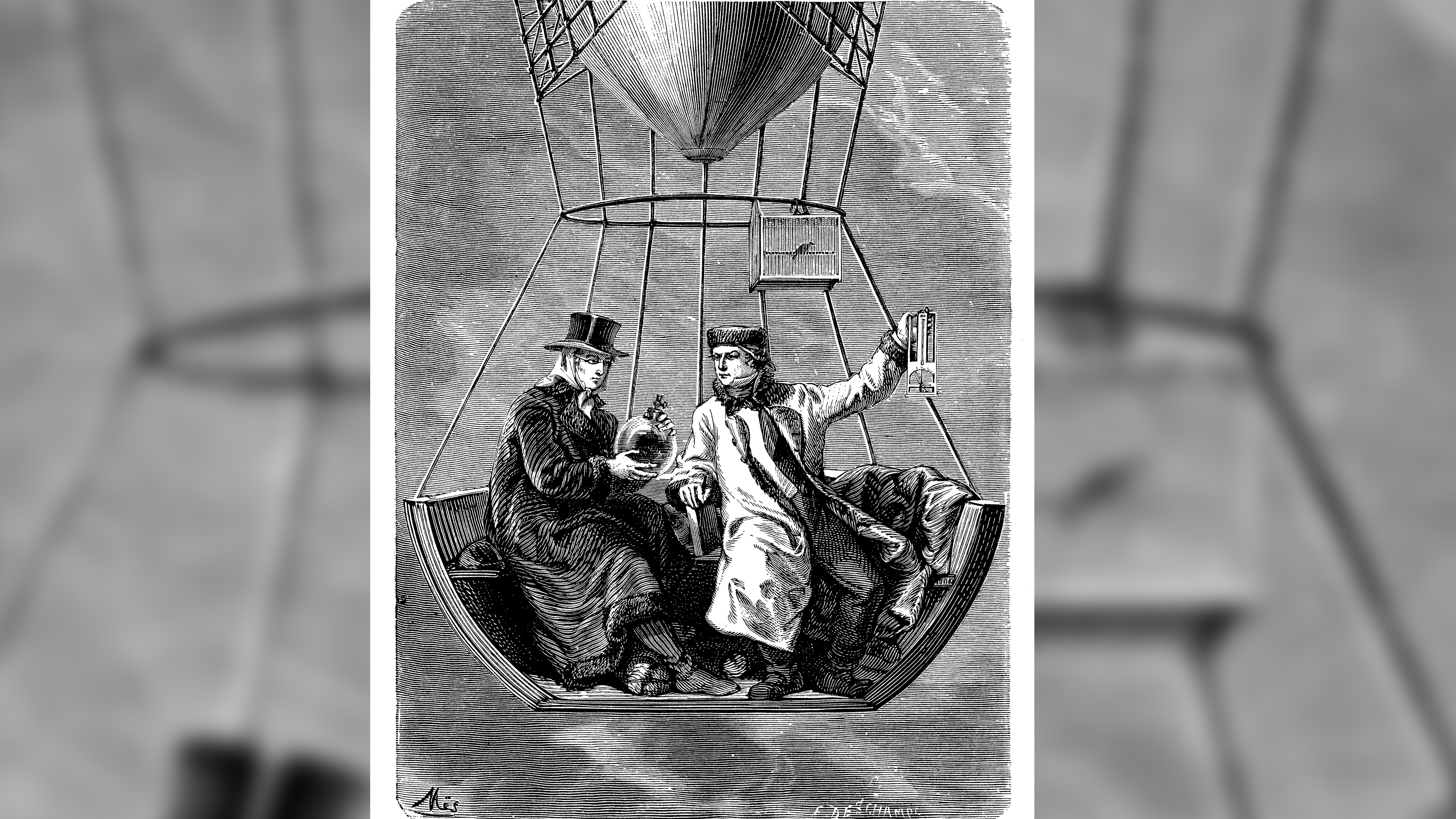Properties of Matter: Gases
Gases will fill a container of any size or shape evenly.

Gas is a state of matter that has no fixed shape and no fixed volume. Gases have a lower density than other states of matter, such as solids and liquids. There is a great deal of empty space between particles, which have a lot of kinetic energy and aren’t particularly attracted to one another. Gas particles move very fast and collide with one another, causing them to diffuse, or spread out until they are evenly distributed throughout the volume of the container.
According to the educational website Lumen Learning gas can only be contained by either being fully surrounded by a container or held together by gravity.
When more gas particles enter a container, there is less space for the particles to spread out, and they become compressed. The particles exert more force on the interior volume of the container. This force is called pressure. There are several units used to express pressure. Some of the most common are atmospheres (atm), pounds per square inch (psi), millimeters of mercury (mmHg) and pascals (Pa). The units relate to one another this way: 1 atm = 14.7 psi = 760 mmHg = 101.3 kPa (1,000 pascals).
Related: Greenhouse gases: Causes, sources and environmental effects
A gas can be converted to a liquid through compression at a suitable temperature, according to Purdue University. But if the critical temperature is reached, the vapor cannot be liquified regardless of how much pressure is applied. Critical pressure is the pressure needed to liquefy a gas at its critical temperature.
Examples of critical temperatures and pressure of different substances according to Engineering Toolbox
| Substance | Critical temperature (degrees Fahrenheit) | Critical temperature (degrees Celsius) | Critical pressure (psi) |
|---|---|---|---|
| Oxygen | minus 181.5 | minus 118.6 | 732 |
| Helium | minus 456 | minus 271 | 33.2 |
| Ammonia | 270 | 132.4 | 1636 |
| Chlorine | 291 | 144 | 1118.7 |
Measurable properties of gases
Besides pressure, denoted in equations as P, gases have other measurable properties: temperature (T), volume (V) and number of particles, which is expressed in a mole number (n or mol). In work involving gas temperature, the Kelvin scale is often used.
Because temperature and pressure vary from place to place, scientists use a standard reference point, called standard temperature and pressure (STP), in calculations and equations. Standard temperature is the freezing point of water — 32 degrees Fahrenheit (0 degrees Celsius, or 273.15 Kelvin). Standard pressure is one atmosphere (atm) — the pressure exerted by the atmosphere on Earth at sea level.
Gas laws
Temperature, pressure, amount and volume of a gas are interdependent, and many scientists have developed laws to describe the relationships among them.
Boyle's law

Named after Robert Boyle, who first stated it in 1662. Boyle's law states that if the temperature is held constant, volume and pressure have an inverse relationship; that is, as volume increases, pressure decreases, according to the University of California, Davis' ChemWiki.
Increasing the amount of space available will allow the gas particles to spread farther apart, but this reduces the number of particles available to collide with the container, so pressure decreases.
Decreasing the volume of the container forces the particles to collide more often, so the pressure is increased. A good example of this is when you fill a tire with air. As more air goes in, the gas molecules get packed together, reducing their volume. As long as the temperature stays the same, the pressure increases.
Charles' law (Gay-Lussac's law)
In 1802, Joseph Louis Gay-Lussac, a French chemist and physicist referenced data gathered by his countryman, Jacque Charles, in a paper describing the direct relationship between the temperature and volume of a gas kept at a constant pressure. Most texts refer to this as Charles' law, but a few call it Gay-Lussac's law, or even the Charles Gay-Lussac law.
This law states that the volume and temperature of a gas have a direct relationship: As temperature increases, volume increases when pressure is held constant. Heating a gas increases the kinetic energy of the particles, causing the gas to expand. In order to keep the pressure constant, the volume of the container must be increased when a gas is heated.
This law explains why it is an important safety rule that you should never heat a closed container. Increasing temperature without increasing the volume available to accommodate the expanding gas means that pressure builds up inside the container and may cause it to explode. The law also explains why a turkey thermometer pops out when the turkey is done: The volume of air trapped under the plunger increases as the temperature inside the turkey climbs.

Avogadro's number
In 1811, Italian scientist Amedeo Avogadro proposed the idea that equal volumes of gas at the same temperature and pressure will have an equal number of particles, regardless of their chemical nature and physical properties.
Ideal gas constant
The kinetic energy per unit of temperature of one mole of a gas is a constant value, sometimes referred to as the Regnault constant, named after the French chemist Henri Victor Regnault. It is abbreviated by the letter R. Regnault studied the thermal properties of matter and discovered that Boyle's law was not perfect. When the temperature of a substance nears its boiling point, the expansion of the gas particles is not exactly uniform.
Ideal gas law
Avogadro's Number, the ideal gas constant, and both Boyle's and Charles' laws combine to describe a theoretical ideal gas in which all particle collisions are absolutely equal. The laws come very close to describing the behavior of most gases, but there are very tiny mathematical deviations due to differences in actual particle size and tiny intermolecular forces in real gases. Nevertheless, these important laws are often combined into one equation known as the ideal gas law. Using this law, you can find the value of any of the other variables — pressure, volume, number or temperature — if you know the value of the other three.
Additional resources
Learn more about supercritical fluids and their uses with this article from SciMed. For quick children-friendly facts about gases head over to the educational website Love My Science. Discover more examples of gases with this informative material from the educational website Science Notes.
Bibliography
- Knez, Željko, et al. "Industrial applications of supercritical fluids: A review." Energy 77 (2014): 235-243.
- Silberberg, Martin. Principles of general chemistry. McGraw-Hill Education, 2012.
- Levy, Sharona T., and Uri Wilensky. "Gas laws and beyond: Strategies in exploring models of the dynamics of change in the gaseous state." annual meeting of the National Association for Research in Science Teaching, San Francisco, CA. 2006.
Sign up for the Live Science daily newsletter now
Get the world’s most fascinating discoveries delivered straight to your inbox.
- Daisy DobrijevicReference Channel Editor, Space.com










